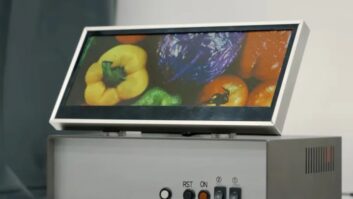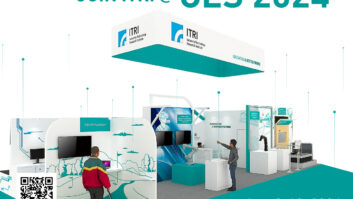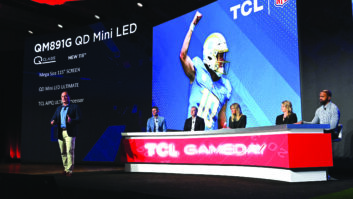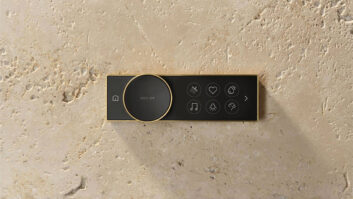As we head into the second half of 2020, and as the COVID-19 pandemic continues to reshape the world around us, we’re entering an indefinite “at-home” era – leaving little differentiation between work, school, family time and other elements of our formerly segmented everyday routines. Spending more time in our mainstays means, for many, a heightened awareness of our surroundings and an urge to upgrade our spaces to maximize on our productivity while simultaneously allowing us to feel at ease and able to unwind after a long day.

In order to meet – and even surpass – these evolving consumer criteria as many people proactively seek out products that will make their at-home lives more efficient and enjoyable in the immediate and over the longer term, there are a few factors I believe will take precedent in the coming months, and ring true more than ever at the 2021 all-digital CES show. Five trends I anticipate will unfold and/or increase in the months ahead include:
1. The Hyper-Critical Consumer – During the pandemic, many consumers have developed a deeper level of sophistication in dealing with technology and technology associated services. They not only have stronger preferences and can articulate those wants and needs with much more clarity, but they also are more aware of how they are tracked and marketed to, especially when it comes to selecting their connected and smart home devices that they depend on daily. As consumers look to purchase products that best suit their new needs, three non-negotiable elements remain top of mind:
- Secure (i.e. kick in attempt or denial of service attack)
- Scalable (i.e. the connected application works the same with 50k users as it did with 5k)
- and Simple (i.e. strategically merges physical with digital, is easy to understand, can be seamlessly set up and integrates well with others – especially if a premium price tag is in play).
2. See You Later, Subscriptions – In an age of financial uncertainty, value and convenience will reign supreme. Therefore, consumers will become increasingly wary of subscriptions, and alternatively, will look for products/services that evolve over the course of their lifetime with smarter, more secure updates and beneficial integrations that might make their lives easier and their devices more functional.
3. Privacy and Security Concerns Sync Up – While consumers value their privacy, many (but not all) want to know what is being done with their data – making privacy part of the Secure pillar of the 3 “S”s I shared previously. For those that do want to know how their data is managed and what is shared, clear communication is now a core expectation and can be a key differentiator – especially when breaches are exposed. This is a divergent trend from China and other geographic regions, and these attitude rifts can create different islands of technology globally.
4. Virtual is a Survival Lifeline – Those who can demonstrate how their products work in a virtual environment, whether that’s through AR/VR that can allow for a more immersive experience or through remote piloting with the utilization of AI/ML, will flourish. Historically, the biggest challenge for ecommerce businesses has been to get common consumers to try their adapted services. Today those barriers have dropped in a dramatic fashion with contactless delivery of a variety of services, and the trend of ecommerce growth will only continue to strengthen. As a result, we’ll continue to see a rise in communication tools like telehealth, remote healthcare services and self-healthcare devices; Amazon recently released KardiaMobile – a self-care tool that can identify AFib at home.
5. Speed, Efficiency and Adaptability are the Name of the Game – During this unprecedented time, technology and technology associated services that can adapt for the sake of speed and efficiency will be the ones to grow. To stay afloat, companies must prioritize:
- Meaningful innovation and great design (merging digital and physical experiences is more important than ever)
- Intelligence (to manage a connected home for both “seen” objects, i.e. lights, and “unseen” ones, i.e. leak detection sensors or thermostats, depending on the consumer’s preferences for interactive or for more background-driven automation)
- Collaboration (to create advanced interactive environments for remote learning, fitness, etc.; Peloton’s waiting list is very long)
- and lastly, 5G/6G and WiFi 6 (to integrate a higher density of connected devices without traditional constraints, both indoor and outdoor).
Rob Martens is the Senior Vice President, Chief Innovation and Design Officer at Allegion, Futurist, and President of Allegion Ventures (maker of Schlage locks).
See also: This Year May Shape Up To Be A Watershed For Wearables













